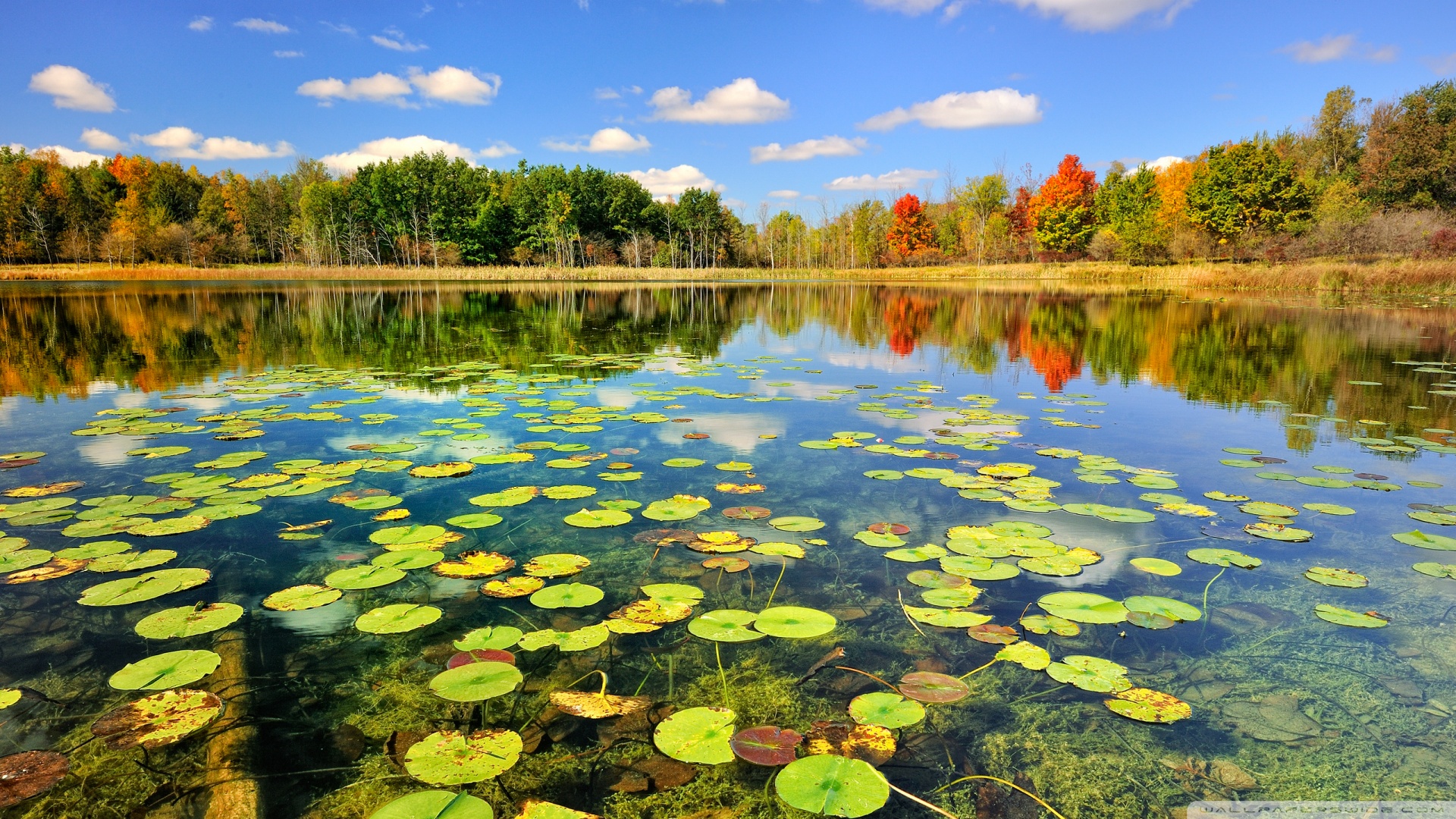Windsor Lake in North Adams, Massachusetts is one of Northern Berkshire County’s premiere destinations for outdoor recreation. Visitors of Windsor Lake can enjoy activities such as swimming, boating, fishing, picnicking, camping, hiking, and even disc golf! Cross-country skiing and snowshoeing on the trails surrounding Windsor Lake are popular activities during the winter months.
Continue reading “Windsor Lake in North Adams, Massachusetts”New Marlboro Preserve in New Marlborough, Massachusetts
Just this morning, I had the opportunity to explore the New Marlboro Preserve in New Marlborough, Massachusetts for the very first time.
Continue reading “New Marlboro Preserve in New Marlborough, Massachusetts”The Boulders Hiking Trails in the Berkshires
The Boulders is a 645 acre conservation area that overlaps the towns of Dalton, Lanesborough, and the City of Pittsfield, Massachusetts. The Boulders features over six miles of hiking trails and offers a stunning view from the boulders at the summit for which the area is named. The hiking trails at the Boulders are wide and easy to navigate. When visiting the Boulders, you’ll enjoy a gentle hike through a gorgeous hardwood forest. There are also small streams and a pond that attract an abundance of local wildlife.
Continue reading “The Boulders Hiking Trails in the Berkshires”October Mountain Whitney Estate
We had originally published this article about the Antlers, William C. Whitney’s October Mountain estate, back in 2011. We have recently discovered a treasure trove of new information about the estate and game preserve that Whitney built on top of October Mountain, and have decided to update and reissue our original article.
Continue reading “October Mountain Whitney Estate”Fishing Pontoosuc Lake in Pittsfield, Massachusetts
Pontoosuc Lake is a 511 acre great pond that is located in the City of Pittsfield, Massachusetts. Pontoosuc Lake has a maximum depth of approximately 40 feet and is about 15 feet deep on average. Pontoosuc lake is one of the most popular lakes for fishing in the Berkshires because of its ample trout and largemouth bass populations as well as for the lake’s ability to produce trophy northern pike.
Continue reading “Fishing Pontoosuc Lake in Pittsfield, Massachusetts”Fishing Onota Lake in Pittsfield, Massachusetts
Onota Lake is a 653 acre great pond that is located in the City of Pittsfield, Massachusetts. Onota Lake has a maximum depth of approximately 72 feet and is about 21 feet deep on average. Onota lake is one of the most popular lakes in the Berkshires due to its central location and ease of access.
Continue reading “Fishing Onota Lake in Pittsfield, Massachusetts”Where do Black Raspberries Grow?
Nothing says summer in the Berkshires like picking fresh black raspberries! For me, berry picking brings connotations of simpler times. As a child, my grandparents would take me berry picking. We would pick fresh black raspberries together, and afterwards, my grandmother would use the berries to make homemade pies and jam.
Continue reading “Where do Black Raspberries Grow?”Olivia’s Overlook and the Yokun Ridge South Hiking Trails
Olivia’s Overlook is a scenic vista with stunning views of Stockbridge Bowl. The Olivia’s Overlook parking area is located on Richmond Mountain Road in West Stockbridge, Massachusetts close to the Lenox / Richmond border. The scenic vista is named after Olivia Stokes Hatch, whose family gifted the land to the Berkshire Natural Resource Council. Olivia’s Overlook is the trailhead for the Yokun Ridge section of the Taconic Mountain range in the Berkshires. There are over 6 miles of hiking trails to be explored at Olivia’s Overlook.
Continue reading “Olivia’s Overlook and the Yokun Ridge South Hiking Trails”Spring 2020 Trout Stocking in the Berkshires
Each spring MassWildlife stocks trout all throughout the Commonwealth of Massachusetts. This year, approximately 500,000 brook, brown, rainbow, and tiger trout were stocked. The following lakes, ponds, rivers, and brooks of Berkshire County were stocked with trout during the spring of 2020.
Continue reading “Spring 2020 Trout Stocking in the Berkshires”Fishing Greenwater Pond In Becket, Massachusetts
Greenwater Pond in Becket, Massachusetts is an 88 acre trout pond that is located in between the Massachusetts Turnpike and Route 20. Greenwater Pond is approximately 58 feet deep at its deepest point and has an average depth of about 23 feet. I had always been under the impression that Greenwater Pond was quite shallow, but upon visiting there this past week came to realize that Greenwater Pond only appears to be shallow because the water is incredibly clear.
Continue reading “Fishing Greenwater Pond In Becket, Massachusetts”









